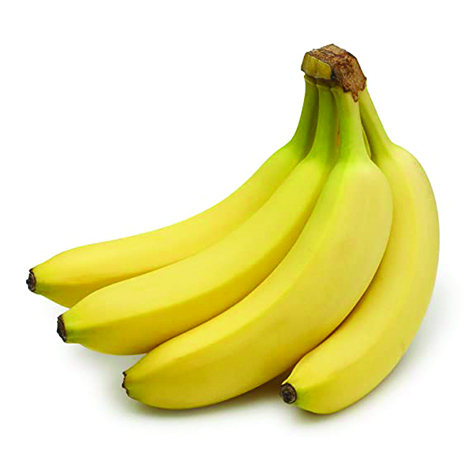Treat isolation as a time to get right with nutrition and weight

Not sure how to eat and stay healthy this quarantine season?
Candice Rosen, author of the book “Forget Dieting: It’s All About Data-Driven Fueling,â€Â encourages “food combining. As you combine foods, Rosen adds, “monitoring blood glucose is the key to weight gain versus weight loss, good health versus poor health.”
Here are some specifics from her:
Make Wednesdays and Fridays vegan days.
According to Rosen, avoid dairy. Try vegan yogurts, cheeses, and milks. Dairy is inflammatory and will deplete your bones of calcium. There are unsweetened milks of almond, hemp, cashew, etc., and all are available in grocery stores. A low blood glucose breakfast idea would be a sprouted grain English muffin, spread with a tofu or nut-based cream cheese, some sliced tomatoes, and topped with sea salt.
Eat fruits that are high in fiber.
Apples, bananas, oranges, berries ̶ the list goes on. You will still want to avoid sugary fruit juices, as well as very sweet fruits like pineapples and mangos while trying to lose weight. Fruit is always eaten alone with two exceptions–when added to a vegan smoothie, and eaten with a nut or seed butter. These healthy fats reduce the chance of a blood glucose spike.
Nothing white.
To lower blood glucose, don’t eat or combine animal proteins with any white potatoes, bread, rice, or pasta. “Sorry,†she said.
Eat more sweet potatoes.
Think wholesome, nutritious, responsibly grown, pancreatic-friendly food that doesn’t raise your blood glucose, like sweet potatoes and yams, which are nutritious carbohydrates that are low in sugar levels and provide fiber. They’re best consumed baked or steamed, but can also be cooked in a variety of other ways. A great lunch or dinner option (and it is inexpensive) is a baked sweet potato, split down the middle with a large spoonful of black beans, a tablespoon of tomatillo salsa, and a side salad. To lower blood sugar, eat them with veggies and plant-based protein together—not meat.




